Phillip Levy
SUBIC: A Supervised Bi-Clustering Approach for Precision Medicine
Sep 26, 2017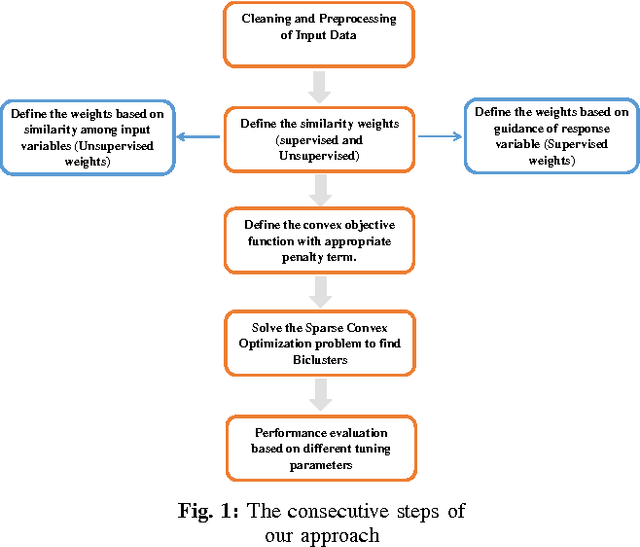
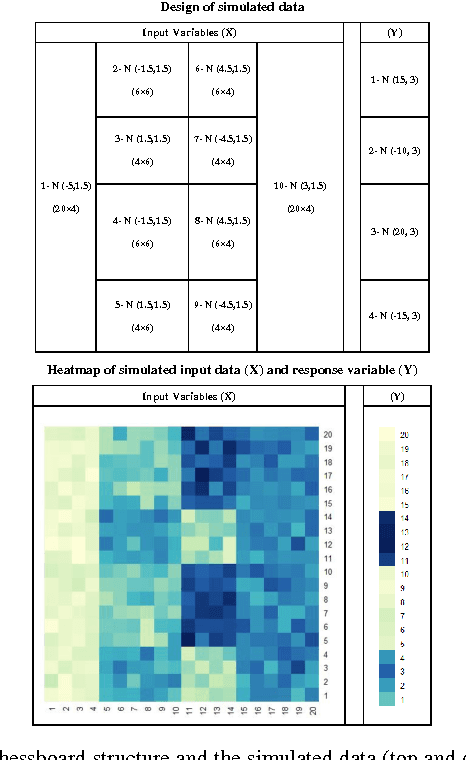
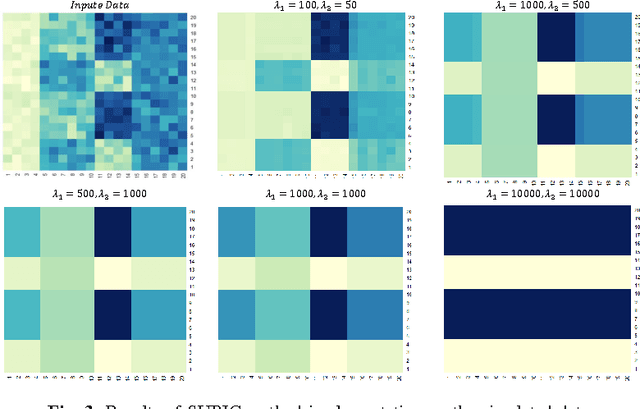
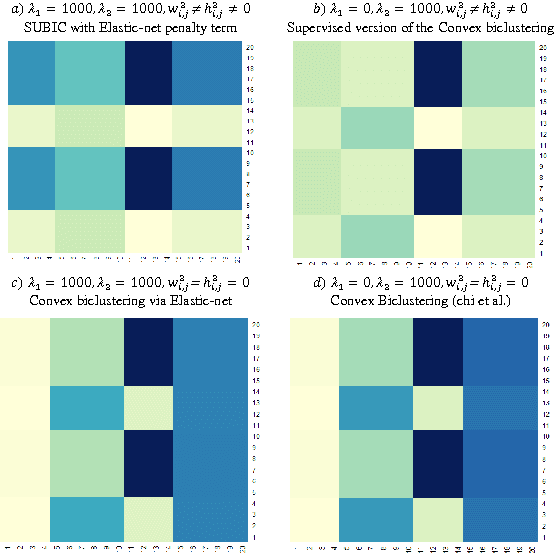
Abstract:Traditional medicine typically applies one-size-fits-all treatment for the entire patient population whereas precision medicine develops tailored treatment schemes for different patient subgroups. The fact that some factors may be more significant for a specific patient subgroup motivates clinicians and medical researchers to develop new approaches to subgroup detection and analysis, which is an effective strategy to personalize treatment. In this study, we propose a novel patient subgroup detection method, called Supervised Biclustring (SUBIC) using convex optimization and apply our approach to detect patient subgroups and prioritize risk factors for hypertension (HTN) in a vulnerable demographic subgroup (African-American). Our approach not only finds patient subgroups with guidance of a clinically relevant target variable but also identifies and prioritizes risk factors by pursuing sparsity of the input variables and encouraging similarity among the input variables and between the input and target variables
SAFS: A Deep Feature Selection Approach for Precision Medicine
Apr 20, 2017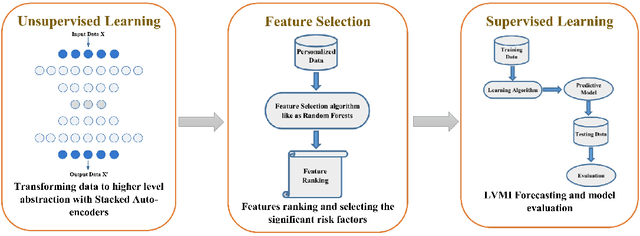
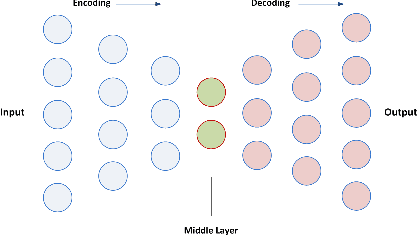
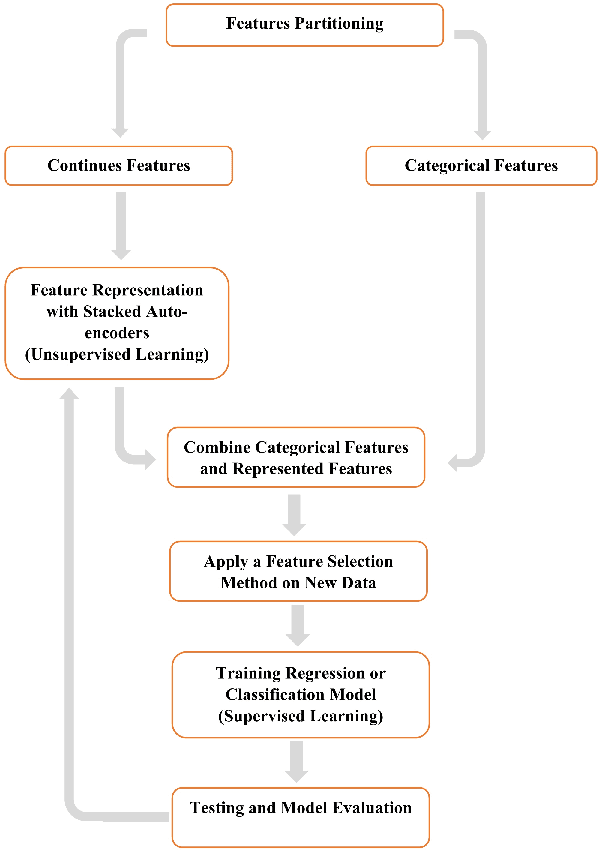
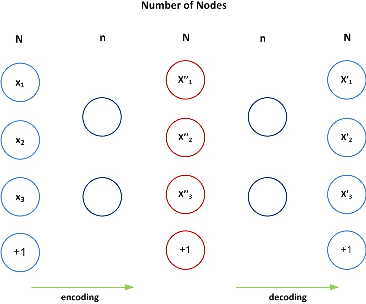
Abstract:In this paper, we propose a new deep feature selection method based on deep architecture. Our method uses stacked auto-encoders for feature representation in higher-level abstraction. We developed and applied a novel feature learning approach to a specific precision medicine problem, which focuses on assessing and prioritizing risk factors for hypertension (HTN) in a vulnerable demographic subgroup (African-American). Our approach is to use deep learning to identify significant risk factors affecting left ventricular mass indexed to body surface area (LVMI) as an indicator of heart damage risk. The results show that our feature learning and representation approach leads to better results in comparison with others.
 Add to Chrome
Add to Chrome Add to Firefox
Add to Firefox Add to Edge
Add to Edge